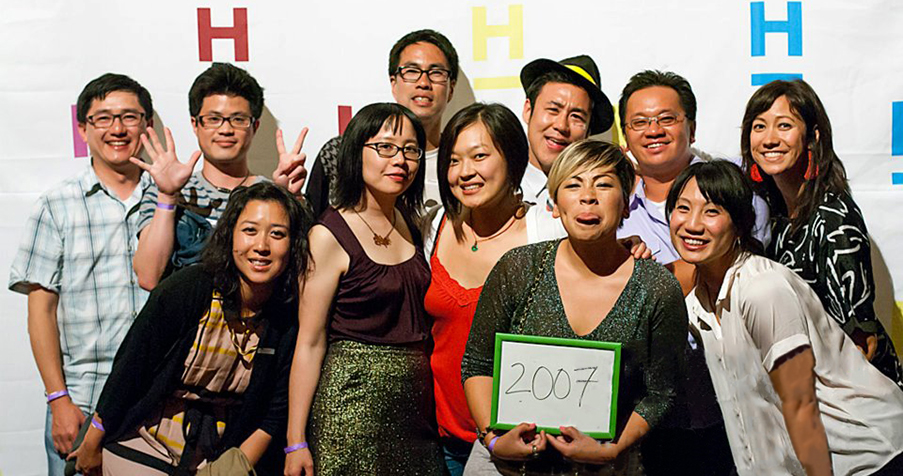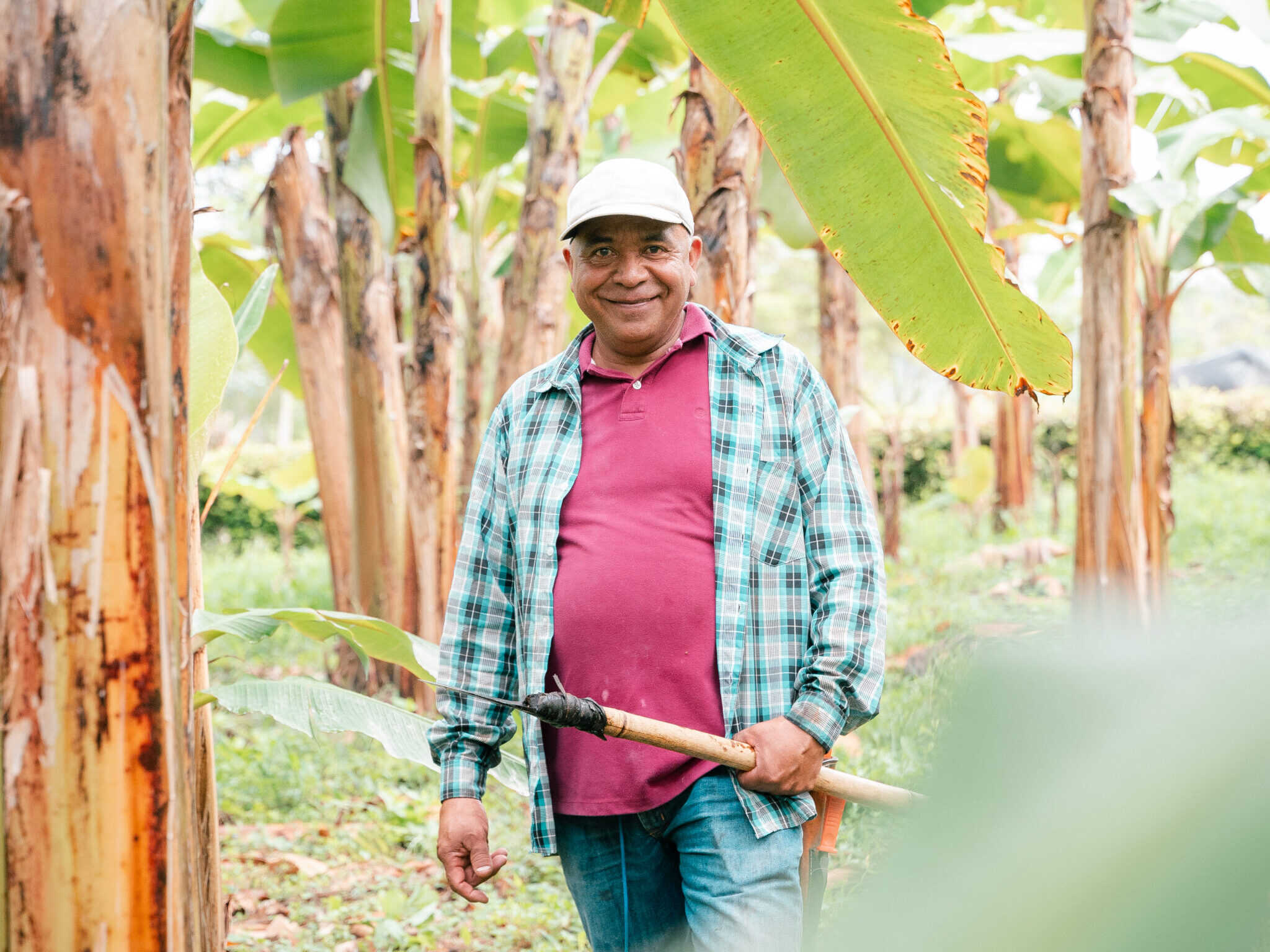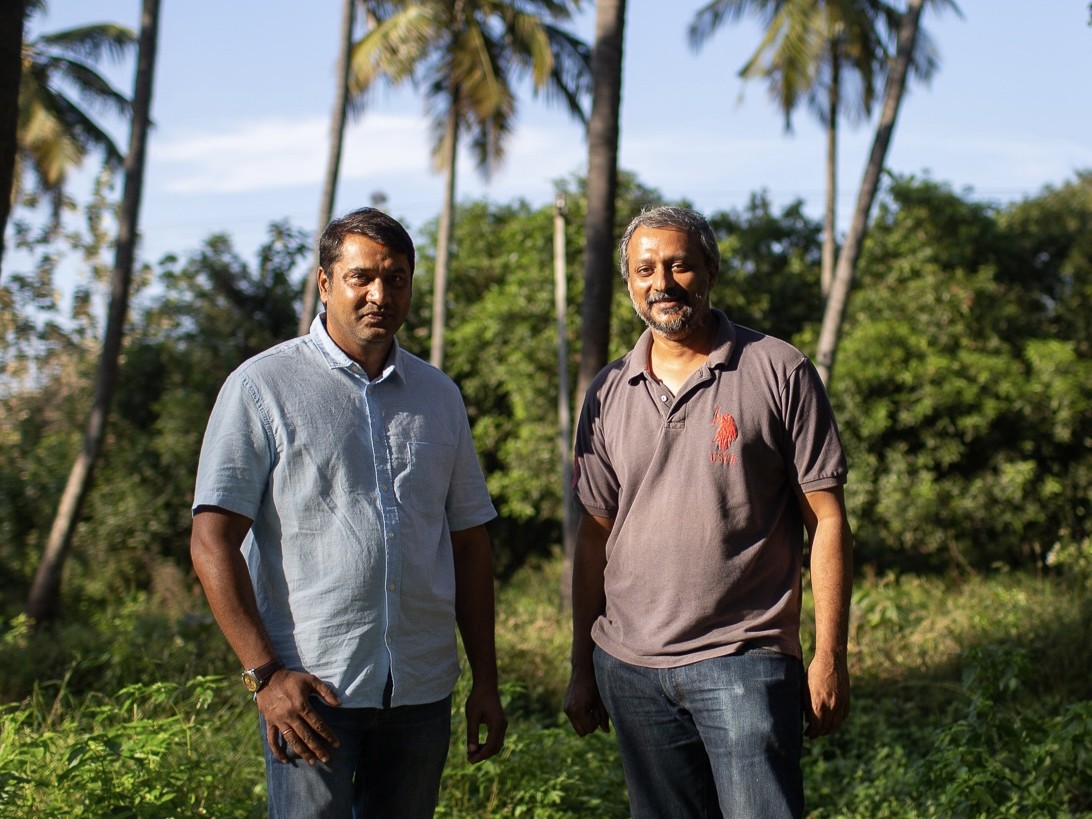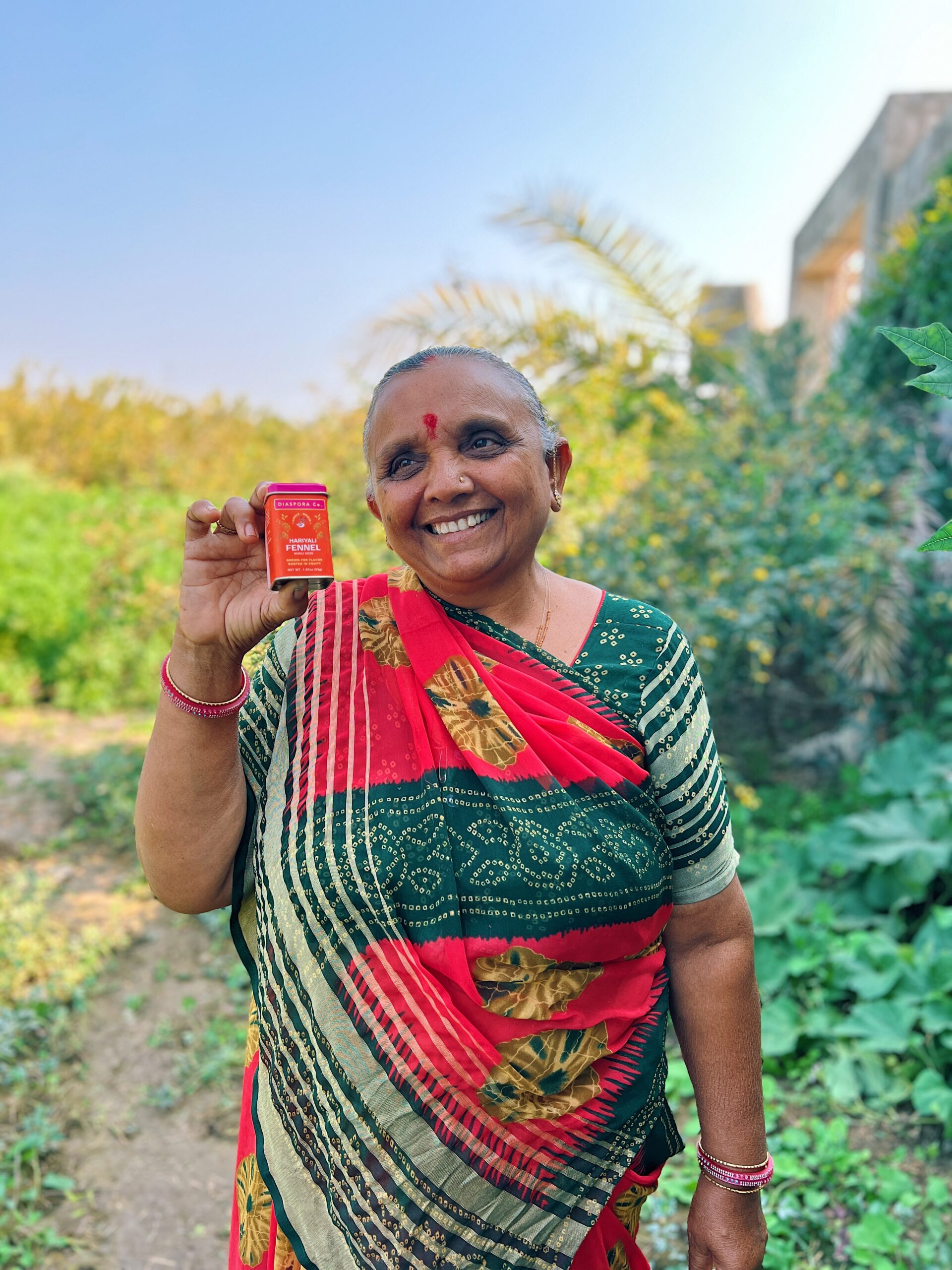RSF has been experimenting with participatory grantmaking for the past 8 years through our Shared Gifting program, which gives the decision for grant funding over to the grant recipients. In October 2018, we had the unique experience of having a donor invite us to facilitate a Shared Gifting Circle among our staff so that they may get to experience this unique grantmaking program. Six staff members volunteered to meet for a full day, share proposals highlighting the work they wanted to fund, and distribute a pool of funding amongst their projects. This week, RSF’s Muy Yam offered to share her experience.
Recently, I was able to participate in a staff Shared Gifting Circle at my org, RSF Social Finance. I figured since I was already a member of two donor giving circles through AAPIP, I could bring a perspective of a philanthropist who also represents many of the oppressed groups in the US. I presumed that since I was already familiar with what it’s like to grant out money from the donor side, that I had little to learn from this staff Shared Gifting Circle. I was wrong. However, I appreciate being wrong when it means that I’m learning something and I’m sharing insights for anyone who might find themselves in a similar position.
I presumed that a Shared Gifting Circle was just like a donor giving circle, where the participants (like the donors) decide which organizations to grant out to and for what amount. The latter is true; however, in a Shared Gifting Circle, participants also represent who receive grants. Since I was participating in a staff shared giving circle, RSF staff were invited to represent an organization seeking grants, and then collaborated with said organization to write the grant proposal. With the risk of sounding like a new-age hippie, I thought, “How radical and collaborative!” which, by the way, is one of our values at RSF. *insert nonprofit joke here*
In this staff Shared Gifting Circle I represented Hyphen, an organization that I’ve been a fan and supporter of since 2007. I entered this process with assumptions, expecting to have to school people on why disenfranchised groups need their own spaces (“____ wasn’t born out of a need to celebrate ____ but the right to exist without persecution!”) and prepared myself to be branded the angry woman of color in the group, but to my humble realization, this was not necessary. I should have given my (nonprofit) colleagues more credit. That day, there wasn’t a need for me to educate the other participants on why oppressed people need their own spaces. This could be attributed to a variety of reasons: participants were already socially aware, Hyphen’s grant proposal was thorough, altruism is still prevalent in the nonprofit sector…or all (or none) of the above. Either way, it was a pleasant surprise.

When participants came together to decide how much to grant each organization, we were given a short amount of time to decide how the pot of money was going to be divided between the six organizations. I was grateful for the short amount of time, as the more time I’m allotted, I would have likely agonized over the responsibility. It was especially moving to experience participants excitedly granting out money to organizations other than their own. The spirit of generosity was embodied in this group of six, and it felt good to be a part of it. Through collaborative decision-making, participants were able to connect with one another in a way in which donor giving circles currently have a void.
For me, the overall experience was refreshing, one of learnings, full of empathy and yes, both radical and collaborative. I was gently reminded that you don’t have to know everything to add value to something, and I’m okay with that.


